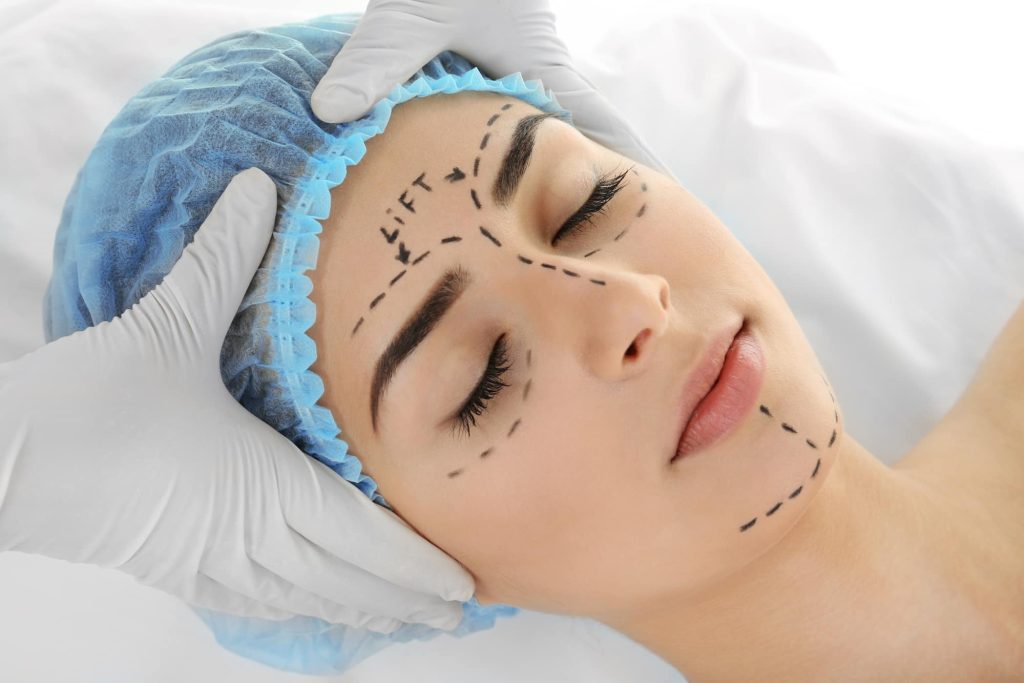Previously, the answer to nose augmentation or resculpting the nose would be rhinoplasty. This is a surgical procedure that involves cutting, shaving, and removing the cartilage of the nose. Although the result is permanent, not all patients are willing to be led into the surgery room.
In the last decade, the aesthetic industry has successfully developed new dermal fillers that can attend to these beauty standards and requests. One of the special class of injectable brands, Juvederm, has become a favorite among plastic surgeon and aesthetic professionals worldwide. The injectable promotes the use of hyaluronic acid as a temporary but effective filler in reshaping the nose. Also known as “lunchtime nose jobs,” these treatments can present the patient a new, more attractive look within 15 to 30 minutes.
Juvederm’s benefits
Juvederm’s dermal fillers contain sterile and purified hyaluronic acid (HA) extracted from Streptococcus bacteria. This substance has gained a lot of interest in the beauty world, as it is not only hydrating and easily processed, it is also highly compatible with the human body due to its natural abundance within the human skin’s extracellular matrix. In fact, a lot of aging concerns, such as dull skin and sunken cheeks, are caused by the loss of the naturally-occurring HA. Even the highly-touted collagen is supported by HA within the body.
The wide range of products by Juvederm shows that each HA contains different degrees of processing, cross-linking, and particle size. The most appropriate product for nose augmentation would be Juvederm Voluma XC, as its large particle size can withstand the pressure of the nose’s structure. The Vycross Technology used allows the gel to be malleable, smooth, and have low granulation content in comparison to other dermal fillers in the market.
The ideal candidate
The ideal candidate for Juvederm Voluma XC is for patients who wish to correct minor imperfections of their nose, such as humps or asymmetry. With skilled hands, the dermatologist should be able to supply adequate amount of the gel that connects the bridge of the nose seamlessly. This treatment may also help to lift up the tip of the nose and have it more defined. It is worth noting that, despite the praises, non-surgical rhinoplasty is limited for minor corrections. Individuals who have bigger bumps or broken noses may not benefit from this injection.
Each individual may require different dosages, but generally the optimal outcome can be achieved from using maximum of 0.5ml of the gel with a 30G needle. Some accounts have displayed that the procedure is not only quick but is nearly painless. Administering a topical anesthetic cream on the nose bridge can help to alleviate the pain of the injection.
Managing the outcome
Each treatment can provide satisfactory results that lasts for a up to a year and a half to two years.
Although it is quick and arguably has minimal downtime, there are side effects that the patient should be aware of. Unskilled practitioners may overcorrect and cause swelling or bumps on the nose. The injection should also be on low risk areas such as mild dorsal hump and flat nose as it is further from the blood capillaries of the nose. The injection should be into the deep subcutaneous layer to avoid any superficial lumps. It is advisable for patients to avoid extreme sun exposure, temperature, and vigorous exercises to reduce aggravating temporary redness, swelling or itching at the site.
Interested patients can seek out for the procedure from their trustworthy dermatologists. It is highly recommended to have a thorough discussion between both practitioner and patient on their expected outcomes, realities of treatment, and the limitations at best.





